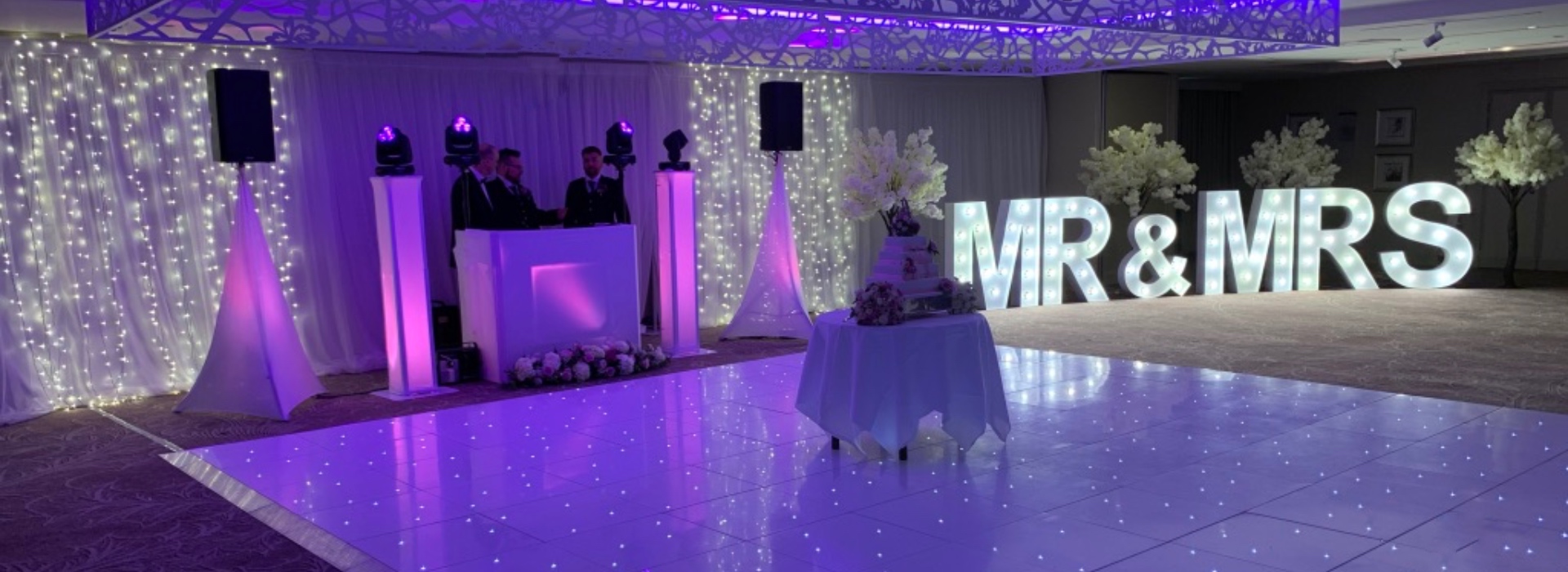Investigating the Versatile Substances That Convert Dance Surfaces into Stunning Visual Experiences
Investigating the Versatile Substances That Convert Dance Surfaces into Stunning Visual Experiences
Blog Article
Movement floors have developed considerably over the decades, transforming increasingly than just a place to move to melodies. Currently, they are transformed into breathtaking aesthetic encounters through the use of various substances and techniques. These materials not only enhance the aesthetic attractiveness of the space but also improve the overall encounter for dancers and audiences alike. Understanding the versatile substances that contribute to these dynamic environments can offer understanding into the craft of dance floor creation.
One of the primary common materials used in modern dance floors is light-emitting diode illumination. Light-emitting diode lamps are power-saving and can generate a wide variety of hues and effects. They can be embedded in the floor directly or used as part of a lighting setup over the dance floor. This innovation allows for synchronized light shows that can change in response to the melodies, creating an immersive experience. The ability to program these lamps means that they can be tailored to fit different themes or moods, making each occasion unique.
Another crucial material is mirror-like surfaces, such as reflectors or polished tiles. These materials can create an illusion of area and depth, making the dance floor seem larger than it actually is. When dancers move, their images can add an extra layer of aesthetic appeal, enhancing the overall show. Additionally, reflective surfaces can engage with illumination impacts, amplifying the colors and designs displayed on the floor. This combination of illumination and reflection can enthrall audiences and boost the energy of the event.
In furthermore to illumination and reflective materials, the use of electronic screens has grown increasingly common in dance floor design. These screens can show vibrant images, animations, or even real-time feeds of the performance. By incorporating digital technology, occasion organizers can create a multi-sensory encounter that engages both the performers and the spectators. The ability to alter visuals in real-time allows for a fluid atmosphere that can adjust to the rhythm and energy of the melodies, making each moment feel new and thrilling.
Furthermore, the selection of surface substance itself plays a find out here key role in the overall experience. Traditional wooden dance floors are still preferred for their strength and performance qualities. However, more modern substances like vinyl and rubber are becoming popularity due to their versatility and simplicity of maintenance. These materials can provide superior shock absorption, reducing the chance of injury for dancers. Additionally, they can be crafted with multiple patterns and colors, allowing for artistic representation in the dance floor's appearance.
In summary, the transformation of dance floors into breathtaking visual experiences relies on a combination of innovative substances and techniques. LED lighting, mirror-like materials, electronic screens, and specialized flooring materials all contribute to creating an engaging setting for performers and spectators. As technology continues to advance, the possibilities for improving dance floor creation will only expand, making future occasions even more enthralling and memorable. Understanding these materials helps appreciate the craftsmanship involved in creating spaces where movement and music come together in unison.